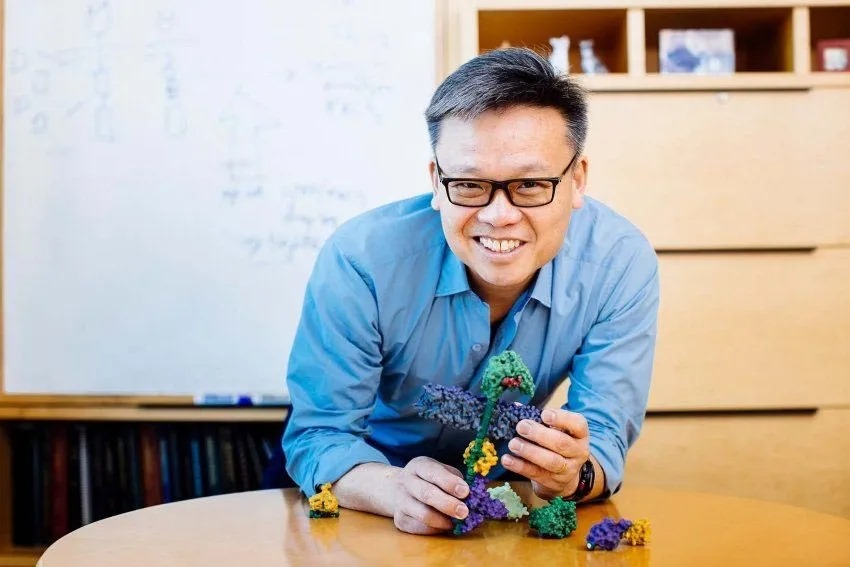
This is one of the big problems and we may now see the light at the end of a multi decade long tunnel. This means that nerve damage may soon be reversed. Besides making just surgury a much safer process.
I have known a number of those confined to wheelchairs for life and yes, we still keep making them. Young men simply do not know when to quit.
This is great news..
Breakthrough as Cellular ‘Glue’ Heals Wounds, Potentially Regrows Nerves and Tissue With Regenerative Medicine
By Andy Corbley
-Jan 2, 2023
https://www.goodnewsnetwork.org/breakthrough-as-cellular-glue-heals-wounds-potentially-regrows-nerves-and-tissue-with-regenerative-medicine/
Typical of science fiction is the scene wherein a space warrior sustains an injury and some kind of medical spray instantly repairs the damage. This could soon be science fact, thanks to a medical science breakthrough.
Researchers at the Univ. of California San Francisco have engineered molecules that act like a “cellular glue” for direct bonding of tissues—a long sought goal of regenerative medicine.
In a first-of-its-kind demonstration, the UCSF team produced customized adhesion molecules which bound select cells in a predictable manner, giving them de-facto control of the regenerative potential of the body.
“We were able to engineer cells in a manner that allows us to control which cells they interact with, and also to control the nature of that interaction,“ said senior author Wendell Lim, PhD, director of UCSF’s Cell Design Institute. “This opens the door to building novel structures like tissues and organs.”
Adhesive molecules can be found all throughout the human body creating communicative-bonds and immune pathways between tens of trillions of cells, but manipulating them has been beyond the reach of scientists so far.
Cellular bonding creates the characteristics of the structure they create. Tighter bonds form complex, solid organs like the liver or lungs, while looser bonds permit structures like immune molecules to do their disease fighting work with flexibility.
The artificial adhesion molecules designed by Lim et al. come in two parts: one which sits on the outside of the cell and determines which other cells it binds to, and another which sits inside and determines the strength of the bond.
“It’s very exciting that we now understand much more about how evolution may have started building bodies,” Lim said.
“Our work reveals a flexible molecular adhesion code that determines which cells will interact, and in what way. Now that we are starting to understand it, we can harness this code to direct how cells assemble into tissues and organs.”
“These tools could be really transformative.”
No comments:
Post a Comment